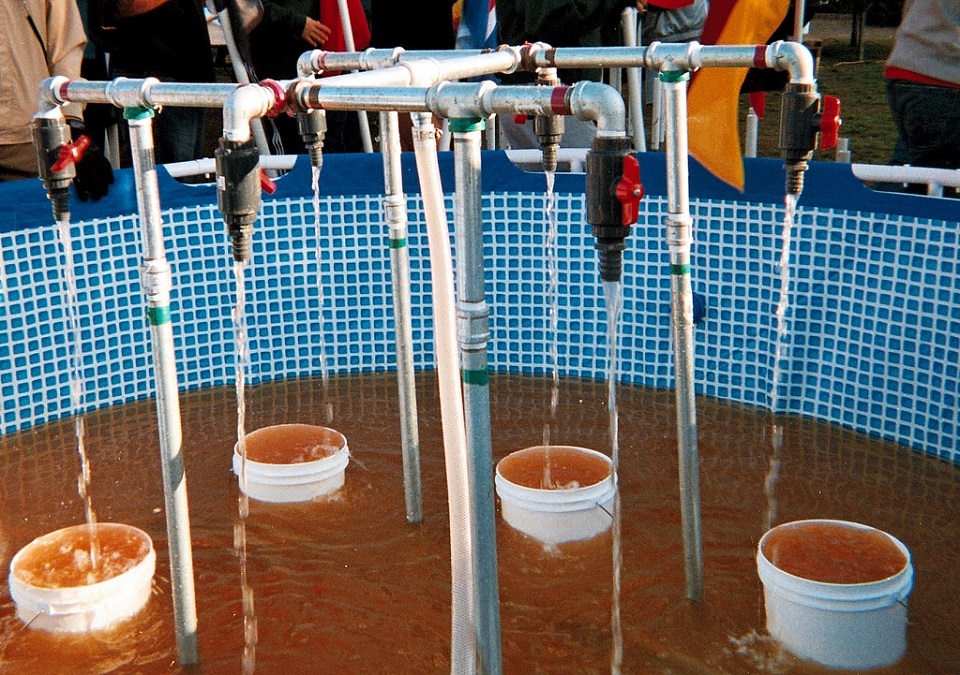
Scientists have developed a way to transform ordinary sand – a usual filter material used to purify drinking water throughout the world – into a “super sand” with five times the filtering capacity of regular sand.
The Rice-developed sand, coated with graphite oxide, can trap more contaminants for a long period of time.
Professor Pulickel Ajayan’s and his lab put water contaminated with mercury (at 400 parts per billion) through their modified sand, the resulted in a brew that contained less than one part per billion of mercury and within EPA safe rating of two parts per billion.
The more regularly used filtering agent carbon is much more expensive to implement on a large scale. This “super sand” is just as effective is also a cheaper alternative to carbon filters. And this fact enables more people to its use around the world.
The lab is looking at ways to further develop graphite oxide shells to enhance contaminant removal.
“By attaching different functional moieties onto graphite oxide, we could engineer some form of a ‘super sand’ to target specific contaminants species, like arsenic, trichloroethylene, and others,” said Rice graduate student Wei Gao, primary author of the paper.
The new material could be a low-cost boon for developing countries, where more than a billion people lack access to clean drinking water.
_______________
“Engineered Graphite Oxide Materials for Application in Water Purification” ACS Appl. Mater. Interfaces, 2011, 3 (6), pp 1821–1826
______________________________


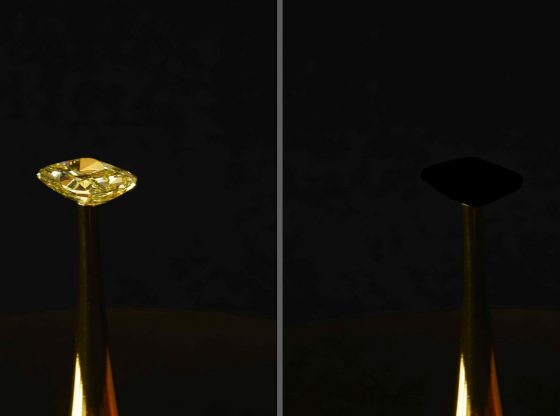
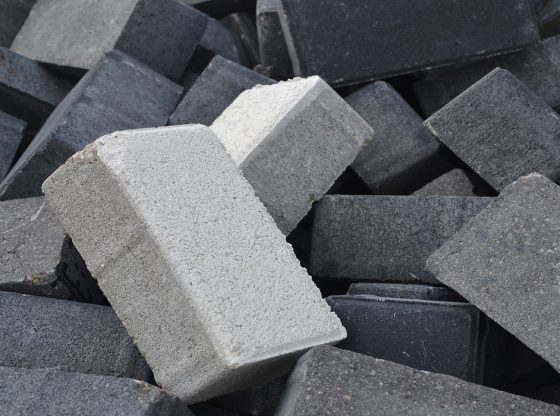
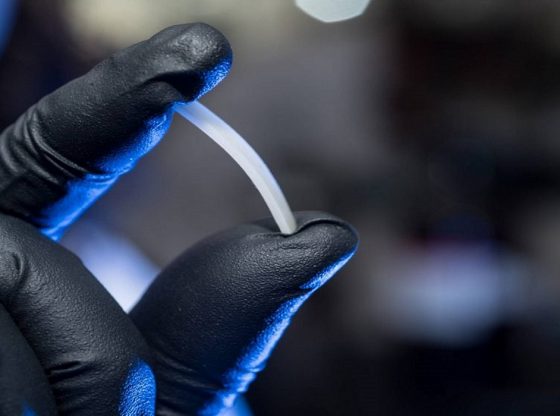

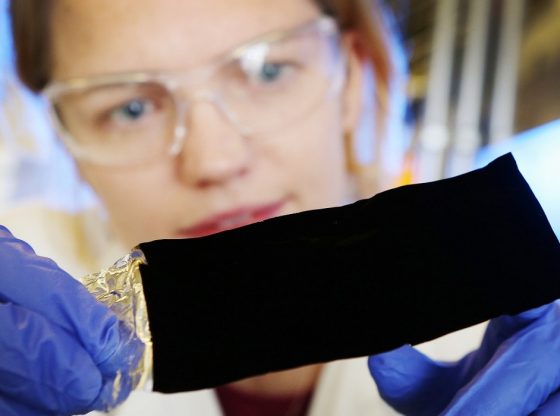
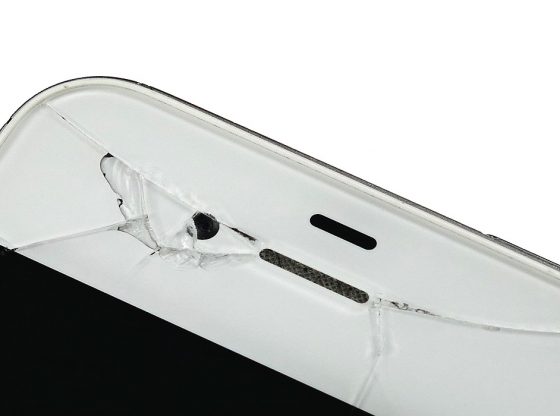
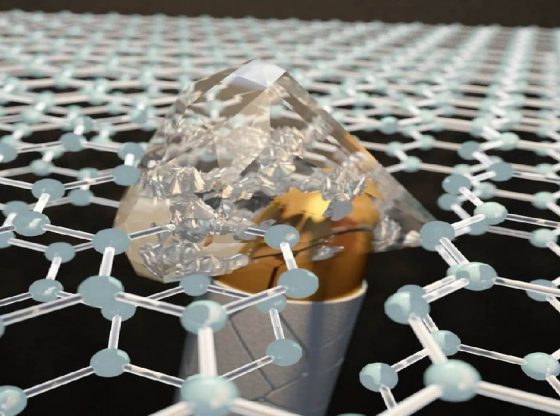


![OpenAI. (2025). ChatGPT [Large language model]. https://chatgpt.com](https://www.illustratedcuriosity.com/files/media/55136/b1b0b614-5b72-486c-901d-ff244549d67a-350x260.webp)
![OpenAI. (2025). ChatGPT [Large language model]. https://chatgpt.com](https://www.illustratedcuriosity.com/files/media/55124/79bc18fa-f616-4951-856f-cc724ad5d497-350x260.webp)
![OpenAI. (2025). ChatGPT [Large language model]. https://chatgpt.com](https://www.illustratedcuriosity.com/files/media/55099/2638a982-b4de-4913-8a1c-1479df352bf3-350x260.webp)








